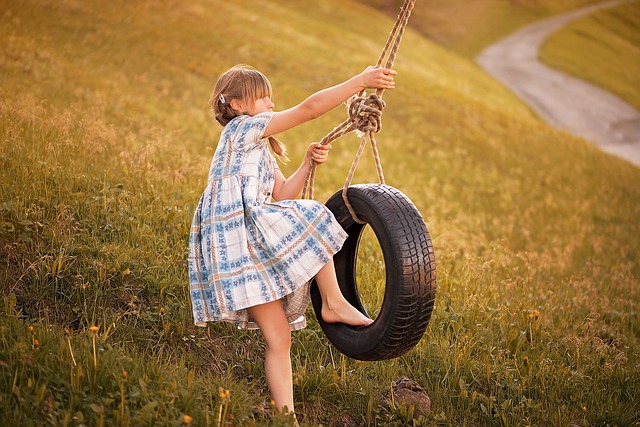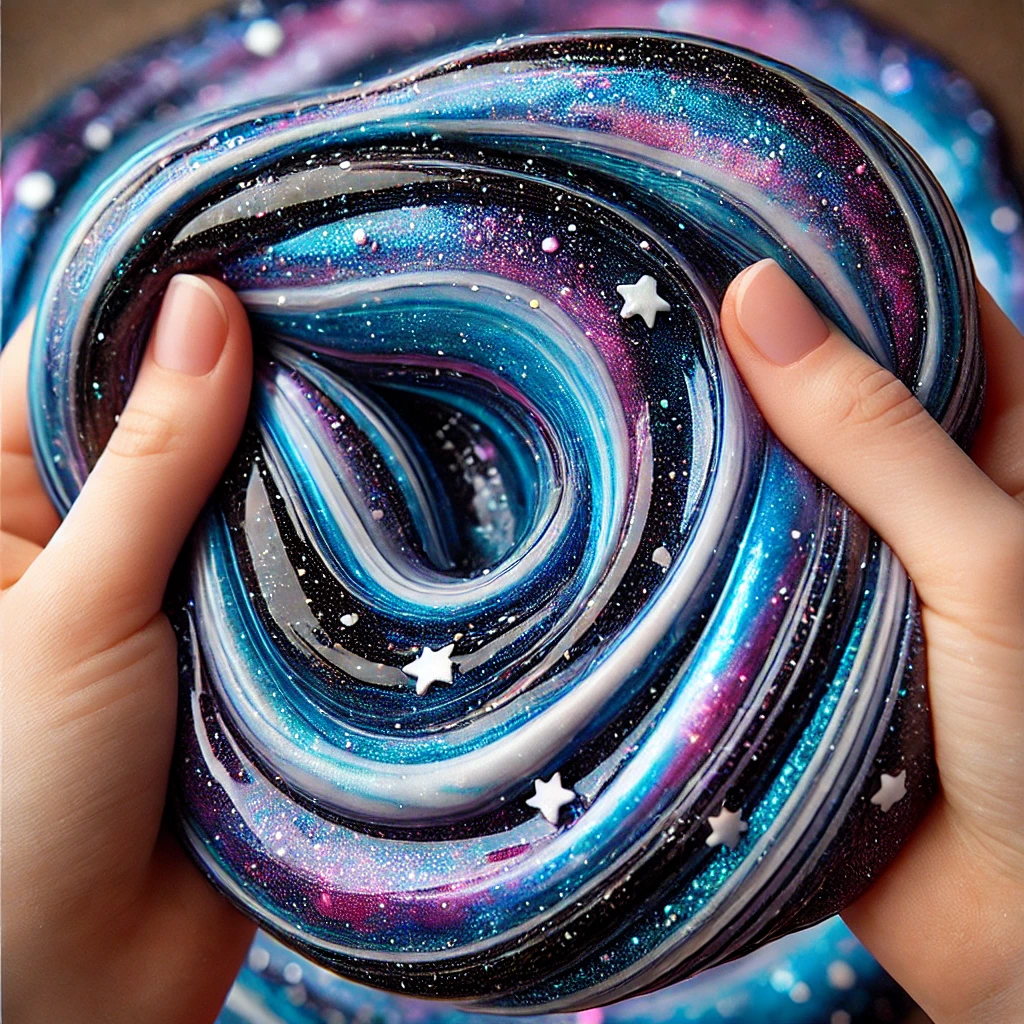Math in real life is not sedentary. It happens in real time with real action! Using our bodies as well as our minds to problem-solve and discover patterns teaches mathematical skills better than any workbook.
Kids remember best when they hear, see, and explore. So here are five ways that they can discover math through movement.
Exploring Nature
Simply going outside to play is an incredible way to learn about math.
Look for patterns and shapes that occur naturally (and man-made). Kids have a knack for noticing things like the spiral of a pine-cone or that some flowers have more petals than others.
You can talk about area and volume – the space items take up in this world. Discover symmetry in a butterfly and weight by collecting rocks.
Games and Sports
Games have incredible amounts of math. Simple childhood pleasures such as Hopscotch and Tag teach counting. More complex games help kids to learn strategy, speed, arithmetic, measurement, estimation, and more.
Sports like baseball or tennis include keeping score, possibly keeping time, and much more. Cyberchase on PBS has a great list of topics to explore about math in sports.
Pretend Play
Here are some of the ways my kids use math through their play:
- shaping and molding dough
- setting up a pretend store with recycled boxes and cans
- pretend cooking
- building with blocks
- making forts
The Family Math series is a great set of books to start introducing math into everyday situations – including play.
Music
When my kids sing, dance, and make music with instruments they are learning so much math!
I was able to introduce beats and timing through our djembe drums, as well as counting, skip counting, sets (4 beats equal a measure), and even fractions.
Music is also a great tool to use to learn concepts through song and dance. There are tons of albums available for kids to listen to that go over the facts and theories of math. One of our favorites is Here Come the 123’s by They Might Be Giants.
Crafts, Art, and Hobbies
Drawing, painting, knitting, origami – all these hobbies are filled with math. From geometrical envisioning to measurement, kids get real hands-on learning from crafting and art.
Lately, my daughters have discovered that they love to bake brownies. While my oldest was figuring out how to convert temperature from Fahrenheit to Celsius, my middle child was downloading a timer app for their tablet and learning about seconds and minutes.
Mathematics doesn’t have to be a dry and boring subject. If you pay attention to what your kids are engaged in physically, you can share with them the wonders of numbers, patterns, and problem-solving that they are already working with!
- The Importance of Developing a Sober Mind in Our Students - February 22, 2019
- Teaching Children At Natural Development Points - February 21, 2019
- Dealing With The Fears Of Unlimited Game and Media Time - January 20, 2019



